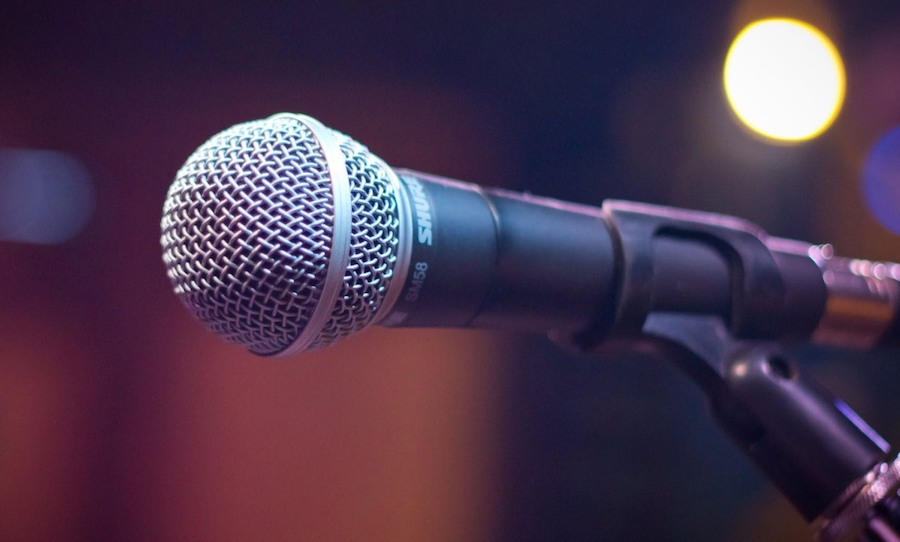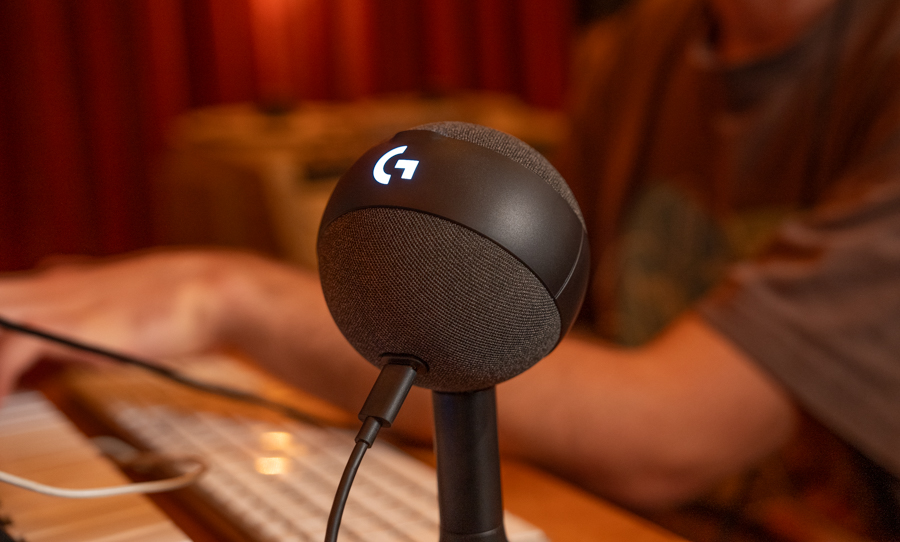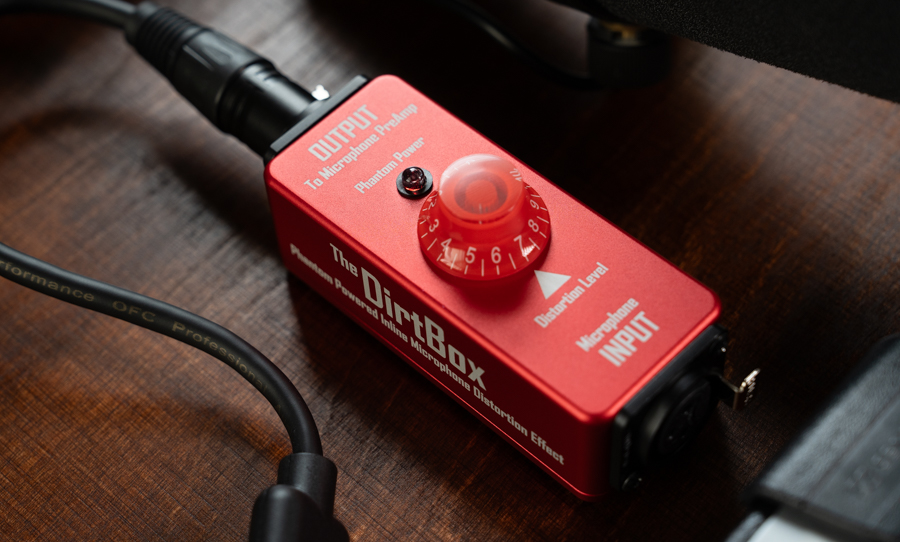If the microphone had a stereotype, this would be it. The Shure SM58 has stood the test of time for its durability, sound and reliability.
The Shure SM58. It’s about as synonymous with singing as a pair of lips. Introduced in 1966 by Shure Incorporated, it has come to set the bar for all other vocal microphones and is still an industry-standard today.
Used and loved by all of rocks greats, it has truly stood the test of time and carved its own little slice of rock and roll history. It looks just about as close to a microphone caricature as you could imagine. So what’s is so special about it then?
History
Microphones in the 1950s and 1960s were particularly fragile, they may have recorded sound nicely, but one small slip was all it took to smash an expensive unit to smithereens. Shure’s engineering team, led by Ernie Seeler, set out to solve the durability issues faced by studio engineers, and the result was the 565.
The release of the 565 was perfectly timed for the rise of rock. In the ‘60s music was getting progressively more energetic and lead singers wanted to move around with the music and the band. The 565 was portable and durable and gave singers the freedom they desired. But with all this mobility came feedback issues.
The Shure team went back to the drawing board and after a bit of tinkering with the 565, the SM58 was born. If you fancy the OG 565 you can still find them on Reverb.com.
The SM58 implemented a groundbreaking pneumatic shock mount, as well as a new cardioid pattern which quelled the feedback issues. It was even more ergonomic, lightweight, and the frequency response was perfect for picking up a singer’s voice. You could argue that the SM58 had a large part to play in enabling the wild stage antics that rock singers have come to be known for.
Since its birth, Shure has refined their design and manufacturing process, and have incorporated new materials as technology has improved. The SM58 is the perfect blend of rugged and refined, and since the ’60s has stood the test of time.
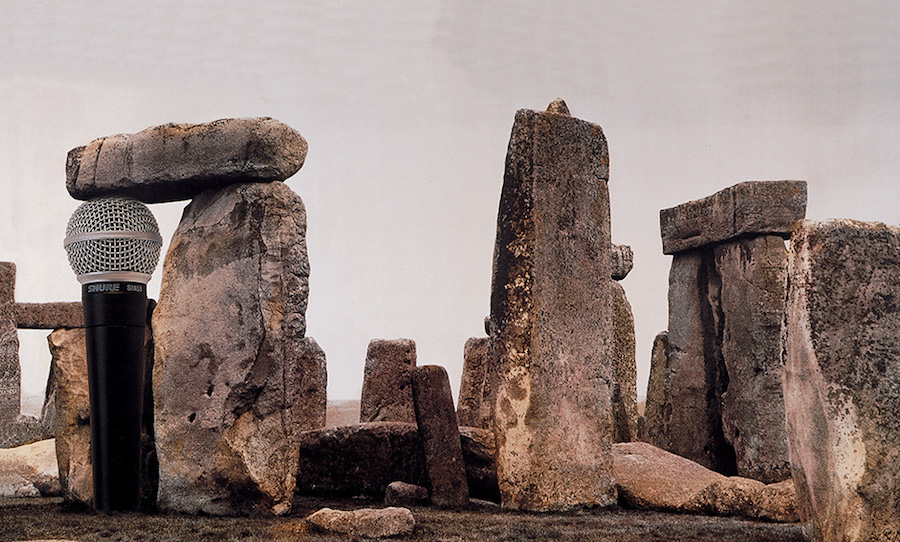
Tech Specs
The SM58 is a dynamic, moving coil microphone, basically meaning it requires no power and loves to be screamed into. Its frequency response lies between 50 and 15,000 Hz and its cardioid pattern picks up sound in symmetrical rotation around the microphone axis, each point uniform with frequency.
As with all directional microphones, a proximity effect means that a low frequency ensues when the mic is used up close, with this reducing as the source of the sound backs away. The SM58’s cardioid response reduces feedback on stage by minimising pickup from the rear and rear sides, where amplifiers are likely positioned.
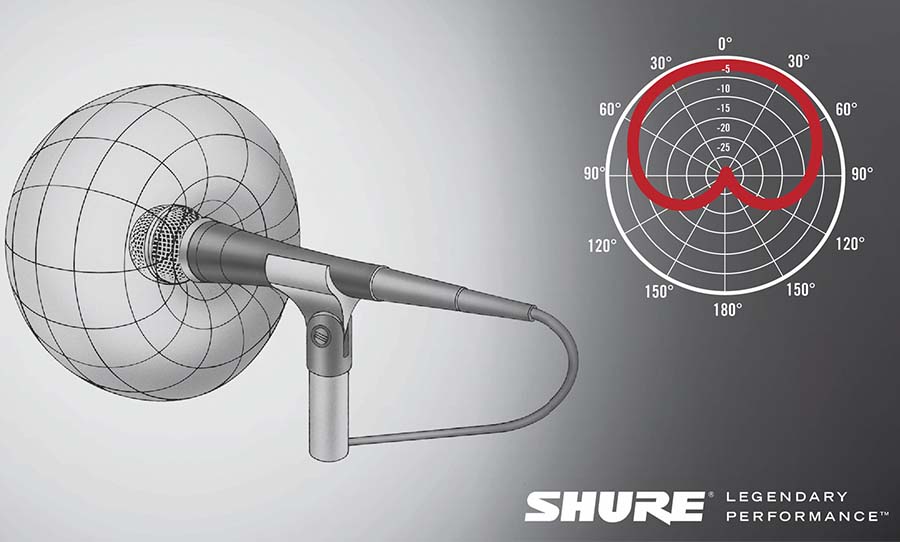
As mentioned, the SM58 uses a pneumatic suspension system for the microphone capsule. A soft rubber, balloon-like layer surrounds the suspended capsule, which insulates the microphone. It protects the diaphragm from bumps or the potential noise created by handling.
Other manufacturers have attempted imitate this design feature to no avail, which is one of the main reasons why it has remained so popular amongst live performers for over 50 years.
Other types of microphones use springs or solid rubber in this case, which is great in the studio, but not so good for moving, grabbing, bumping, swinging, throwing, or any other form of torture a drunk rock performer may put it through.
Speaking of torture. Just how much can a SM58 take? Well, you’re unlikely to be able to blow one with a human voice, let alone anything else found on a stage – it’s unlikely to experience distortion under normal conditions.
Shure claims the SM58’s limit is somewhere between 150 to 180 dB SPL, at which point you wouldn’t be able to hear, because your eardrums would have popped. An example of a sound of this magnitude is a space shuttle launch.
Setup and Clean Up
The SM58 is really easy to setup. With the supplied mic clip, it’s a snug fit that will go nowhere and it comes with a thread adaptor for use on different size mic stands. Then grab an XLR — or microphone cable — plug it in and crank up the gain.
These mics handle lots of gain really well and shine with some simple EQ. The SM58 comes with a pencil case to keep safe when not being thrashed onstage too.
It’s worth mentioning that the amount of gain you use — not the level — increases how much sound is picked up from the microphone. Think of this like a flame. It can vary in size, so if you are an instrumentalist and singer, when you look downwards towards your fretboard or keyboard the microphone may not pickup your vocal if it’s outside of the ‘flame’. Less gain — get closer, more gain — picks up more sound!
Regarding cleaning, some front of house sound engineering have been know to take off the grille and foam, wash the foam and put the grille in the dishwasher. One thing people forget is that you can buy a new grille! Might be worthwhile is you’ve owned your SM58 for a number of years…
There’s also a Shure BETA 58A which is a popular model too, as it’s got a boost in the high frequencies. You’ve probably seen this icon too, it’s got a blue ring around the mic cover.
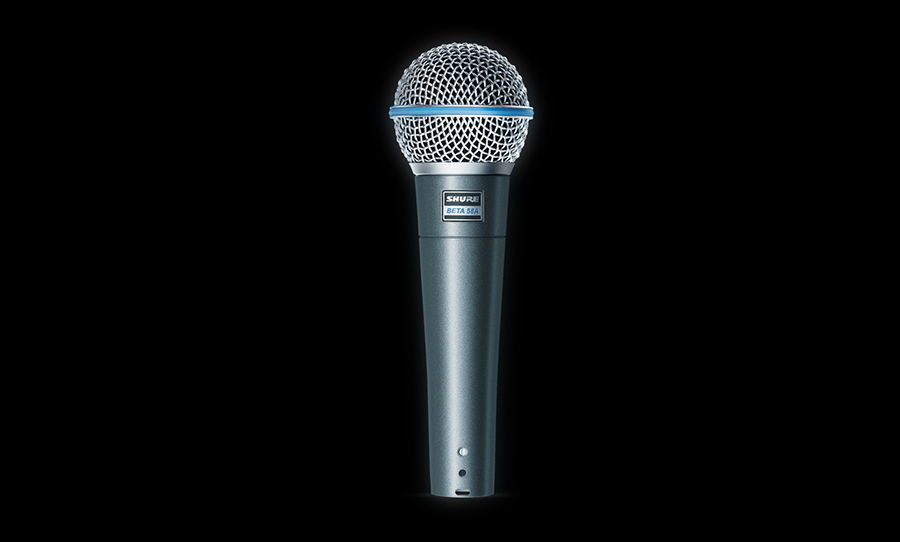
An Artists Favourite
The SM58 has been used by just about every live performing artist you could name, so compiling a list of favourite users would be pointless, but let’s take a look at a few who have put it to the test.
The Who’s Roger Daltrey was an early fan of the microphone, and he surely gave it a bit of abuse – not from the loud scream on Won’t Get Fooled Again, but from his crazy swinging antics. He basically used that thing as a nun-chuck.
Rumour has it a mic setup did fail on him once, but on closer inspection, his roadie found it was actually the cable and not the microphone.
Another performer guilty of 58 torture is the Black Flag’s Henry Rollins, who would crush the protective mesh grill on the SM58 during performances. He squeezed sweat, spit and thick thumb grooves into the unit over the years, with it only showing wear on audio characteristics after 10 years.
Rollins is such a proprietor of the microphone, that he even enjoys using it during studio sessions, which is generally not the SM58’s natural habitat. Rollins, claims that he likes the humble Shure, as he believes it simply sounds like him.
With all the expensive vintage and boutique microphones out there U2’s Bono could surely pick anything in the world, but lo and behold he also prefers the humble SM58 for studio purposes.
“I’m pretty sure they tried with several different microphones and then went for the one (that SM58) that was giving them the closest representation to the sound they wanted as the end result. Or maybe Bono feels just comfortable with that microphone.
He likes it, he knows how to wield it…If it works, why change it?,” recalled producer Robbie Adams, who worked on and recorded Achtung Baby (1991) and Zooropa (1993).
So basically a lot of artists just like the ‘live feeling’ of the SM58 and for some the frequency range just suits their voice.
It Will Out Live You
The SM58 is surely a solid piece of engineering. A common joke made by studio engineers of its brother, the SM57, is that it doubles up as a hammer. Together, they are a pair of siblings with very hardy guts.
For more details head over to Shure.
